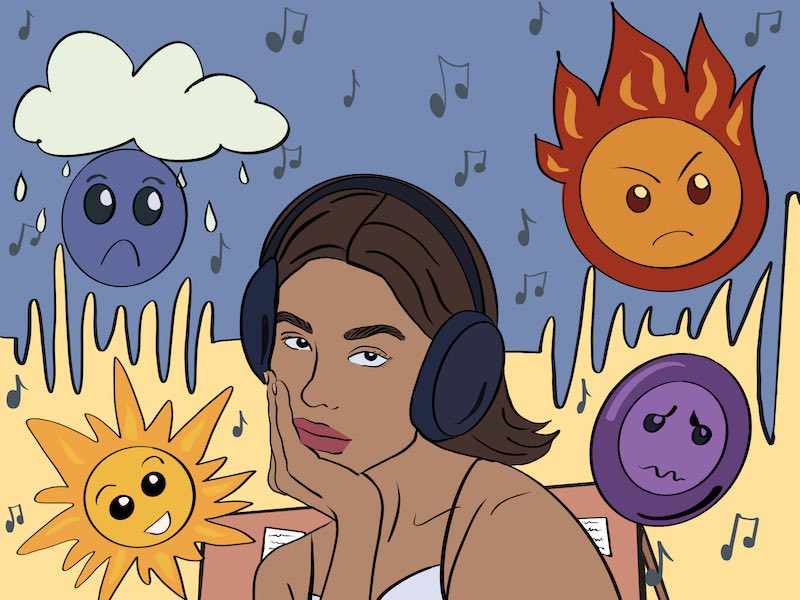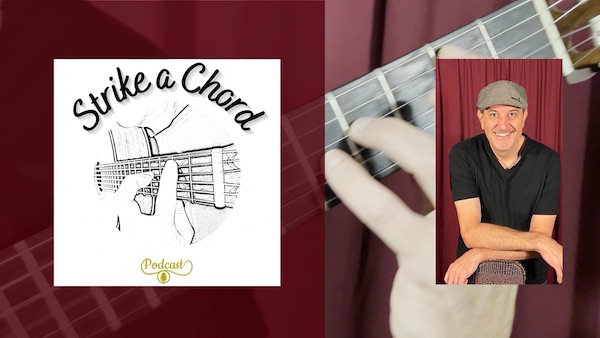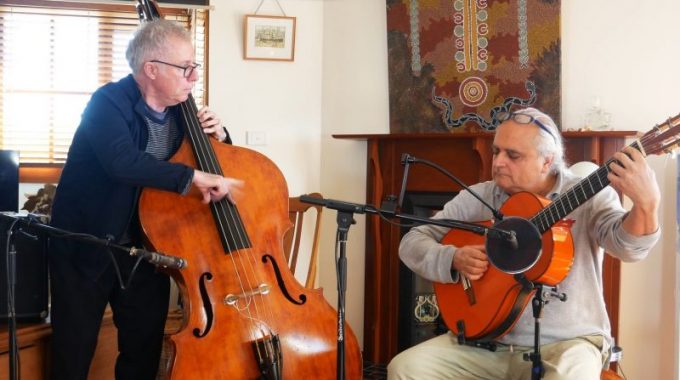At a young age, music stirred emotions within me that were initially confusing, leading to…
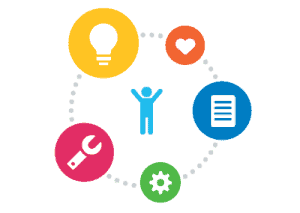
Teaching Guitar, Adults with Special Needs
Musical Discoveries: Embracing Uniqueness
This week, I had the pleasure of working with a new guitar student who possesses special abilities and skills.
Being part of their music learning process has been a true delight. It serves as a reminder that the methods most of us use to accomplish goals may not be as effective when it comes to learning music.
Music learning is a unique journey, and what works for one person may not work for another. This student’s progress highlights the need for a personalized approach to nurture musical talent effectively.
The Role of Emotion in Music Learning
Thinking involves understanding through language. In the realm of music, emotions play a crucial role in our thinking process. When we perform, we must infuse our music with emotion; otherwise, our playing may suffer, leading to ineffective memorization and a frustrating learning experience.
Learning to play the guitar and music involves a combination of memorizing sound and rhythm. Aural learning, relying on our auditory senses, can significantly expedite the learning process.
This was particularly evident in the case of my guitar student.They had previously attempted to learn guitar using general methods, which heavily relied on visual aids like reading. However, this approach turned out to be disastrous for them.
Understanding the importance of emotion in music learning and discovering the most effective learning methods can lead to a more enjoyable and successful musical journey for all music students.
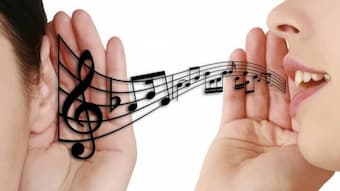
My Approach to Music Learning: Aural Progress for Guitar Students
The student is learning music aurally, focusing on understanding rhythm and melody.
The learning process involves three steps: listening to the music in tempo, imagining how it should sound, and then playing what was imagined.
To reproduce the imagined sound, the student needs to find the correct notes and this serves as a stimulus for learning pathways, scales, chords, and techniques, which are quickly absorbed.
However, the speed of aural comprehension varies for each student. Some may be slower because they take time to make sense of the musical information before playing.
The teacher plays a musical phrase once and waits until the student is ready to sing and understand the melody, chords, and rhythm. Visual cues are then provided to indicate where to play the music.
This method of learning allows students, adults with special needs to progress rapidly without being hindered by personal judgment, distractions, or other mental clutter that might arise during traditional learning approaches.
Furthermore, this aural learning technique can be effectively utilized in online guitar lessons.

A Personal Journey: Embracing Uniqueness in Music Learning
In this article, I share my experience teaching an adult guitar student with special abilities and skills also referred to as adults with special needs. I emphasize the importance of embracing uniqueness in music learning and how a personalized aural approach can lead to rapid progress. By focusing on emotions and aural comprehension, the student can better understand and reproduce music, creating a more enjoyable and effective learning journey, even for those with special needs.
